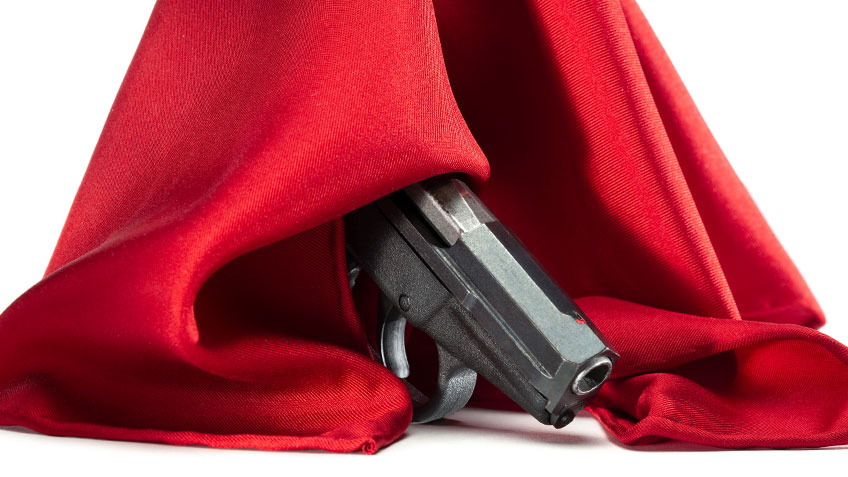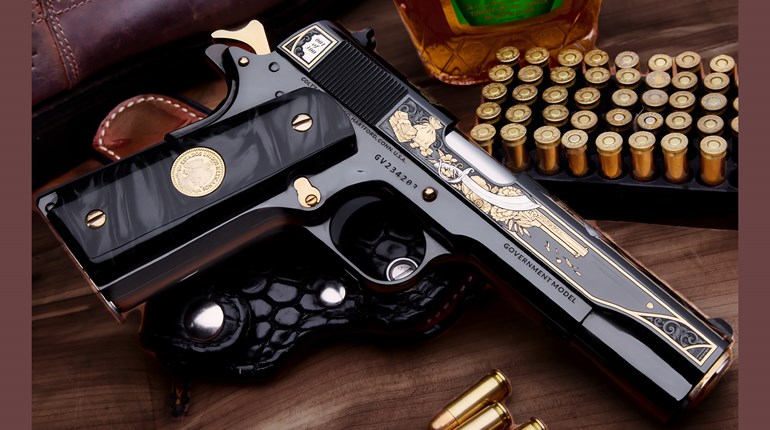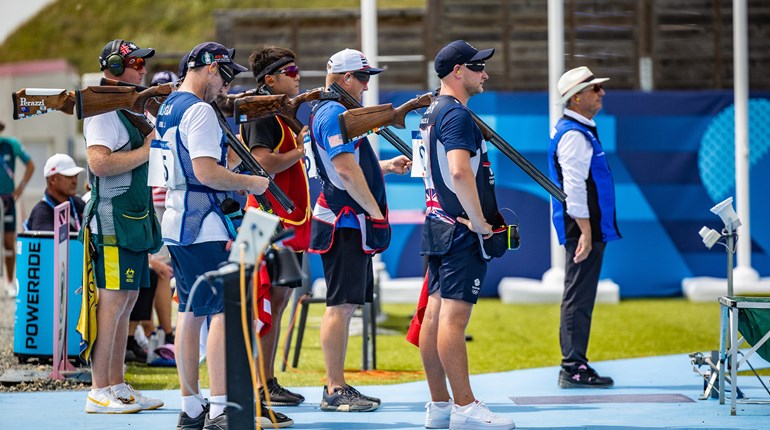
So, I was giving some thought the other day to the most-significant CCW handgun of the last 20 years.
“Oh, Lord,” I can hear someone thinking, “she’s about to go on and on about the Glock G19 again.” But, nope, that’s not it.
“Then the 1911, because TWO WORLD WARS!” Nah, I’m not referring to the venerable 1911, either.
You have to cast your mind back to the handgun scene of the mid-1990s. Led by the NRA, the whole Shall-Issue movement was gathering steam, and concealed-carry reform was sweeping the country. While in the perfect, ideal CCW world that existed largely in the pages of gun magazines, everyone was carrying a service-size semi-automatic, a pair of spare mags, a backup gun (and a partridge in a pear tree), the reality was very different.
The average carrier—heck, I’d be comfortable stating the statistical majority of carriers—just doesn’t want to put up with the hassle of getting strapped up with all that gear in the mornings. Instead, they want a gun that solves the First Rule of Gunfighting (“Have a gun.”) while impacting their normal, daily existence as little as possible.
The thing was, back in the 1990s, that really limited a person’s choices in CCW handguns. Pleated pants were still sort of a thing, and AirLite revolvers had just come into play, at least for people who could drop $700 (about a 1,000 bucks in 2018 dollars) on a five-shot snubbie, so there was kind of a pocket solution there, but really unobtrusive, micro-size concealed-carry guns were few and pretty suboptimal.
For starters, there were derringers. Most of these were of iffy repute in terms of quality and, while some derringer makers had decent reputations for QC, even those were still two-shot pistols with notional sights and needed to be manually thumb-cocked for each of their two shots.
Then there were the mini-revolvers in .22 LR and .22 WMR. While these tiny guns were definitely “better than a handful of nothing,” as a coworker used to put it, you still had a tiny gun that was surprisingly hard to score good hits with much past a double wingspan. On top of that, it still needed to be manually cocked for each shot and had a tiny little mainspring noted for neither enthusiastic ignition nor long-term durability.
Lastly, were pocket semi-automatic pistols. In the ’90s, truly pocketable handguns were almost all chambered in .22 LR and .25 ACP. The former took good ammunition to function reliably, while the latter caliber really was everything bad people say about small cartridges; .25 ACP only has enough steam to penetrate to the vitals if the stars were aligned and everything was just right.
Further, most of those truly pocketable little semi-autos were single-action only, which gave the choice of carrying a chambered, cocked pistol in a pocket, or carrying with an empty chamber, both of which have significant downsides.
There were a small number of good-quality double-action and double-action-only semi-autos chambered for the .32 ACP, including the Seecamp LWS-32, with its nested recoil springs. However, it was a little, all-steel brick of a thing that was so precisely machined that production lagged far behind demand, driving up both price and wait times.
And then Kel-Tec released the little P-32, 20 years ago this year.
There was no one thing special enough about the gun to patent; it was pretty much all prior art. A polymer frame with an aluminum internal frame to hold the lockwork combined to keep the weight down.
Instead of straight blowback operation like most every other pocket pistol of the time, where there is nothing but the combined mass of the slide and resistance of the recoil spring to delay the slide opening until chamber pressures had safely dropped, the P-32 was a Browning-style tilting-barrel, short-recoil operated gun. This, combined with the fact that it was hammer-fired, which added the mechanical disadvantage of having to cock the hammer to help slow the rearward motion of the slide, allowed the slide to be as small and light as a blowback .25’s, despite firing the .32 ACP round.
The gun was an instant sales success and almost immediately spawned a version chambered for the more powerful .380 ACP round. Almost dimensionally identical, this variant was cleverly dubbed the “P-3AT.” (Get it?)
Other gunmakers must have slapped their foreheads, because the little Kel-Tec spawned a number of virtual clones from other manufacturers, and the tiny, polymer-framed .380 pistol has become possibly the most ubiquitous CCW piece of the past 20 years.
As an example, according to BATFE data, just in 2011 Ruger sold 177,000 pistols chambered for .380 ACP. In 2011, Ruger sold only one pistol in that chambering—the LCP. That’s a lot of little CCW guns. Every single one of them owed something to that little P-32 of a dozen years prior, and that’s why the oft-overlooked Kel-Tec was so significant.






































